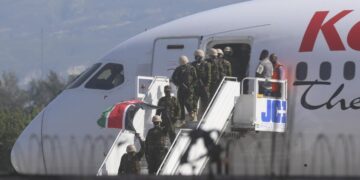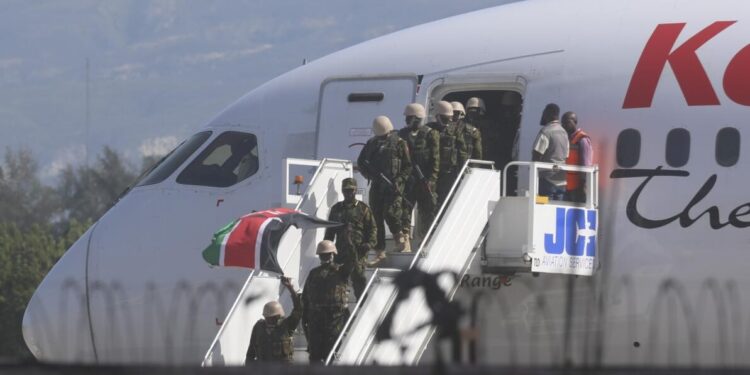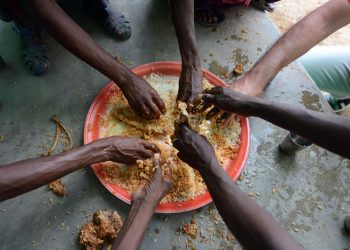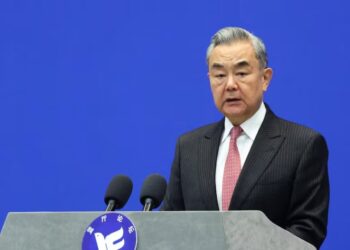By John Ikani
Hundreds of Kenyan police officers have arrived Port-au-Prince, Haiti’s capital, in a scene symbolizing a potential turning point.
The deployment comes after the city’s main international airport, shuttered for nearly three months due to gang violence, reopened its doors in late May to facilitate their arrival.
The Kenyans’ arrival marks yet another chapter in Haiti’s long history of foreign military intervention. Their exact tasks remain shrouded in some mystery.
However, their mission is clear: to confront the brutal gangs that hold a staggering 80% of Port-au-Prince in their grip.
The ruthless groups have displaced over 580,000 people nationwide, pillaging neighbourhoods in their relentless pursuit of territorial dominance.
Their reign of terror has also claimed the lives of thousands of Haitians in recent years.
While some Haitians welcome the Kenyan force with cautious optimism, others remain apprehensive.
The shadow of the UN’s peacekeeping mission (2004-2017) still looms large, tainted by allegations of sexual assault and the devastating introduction of cholera, a disease that tragically claimed nearly 10,000 lives.
Romain Le Cour, a leading expert at the Global Initiative Against Transnational Organized Crime, called for greater transparency from both the international community and Haitian government officials.
“Crucial details regarding the mission’s rules of engagement and operational plan are still missing,” he stressed. “We haven’t heard a clear strategy for dealing with the gangs on the ground. Will they be a static presence, or will they be mobile? These are critical questions that demand answers.”
The United Nations Integrated Office in Haiti, however, issued a brief statement welcoming the Kenyans’ arrival, calling it “a pivotal step in restoring security within the Haitian capital and its surrounding areas, ultimately safeguarding the fundamental rights of the Haitian people.”
The deployment comes on the heels of a nearly four-month period marked by coordinated gang attacks that crippled key government infrastructure across Haiti’s capital and beyond.
The attacks saw more than two dozen police stations fall to the gangs, the main international airport come under fire, and both of Haiti’s largest prisons stormed, resulting in the release of over 4,000 inmates.
“Security has been our top priority for far too long,” expressed Orgline Bossicot, a 47-year-old mother of two who runs a wholesale business distributing carrots and charcoal.
Gang violence has significantly impacted her sales, forcing her to extend her working hours well past sunset to compensate for lost income, despite the constant fear.
“You never know who might be waiting for you around the corner,” she confided. “We’re sitting ducks.” Despite her anxieties, Bossicot expressed hope that the Kenyan police would join forces with local authorities, believing it would be “a monumental step forward for myself, for Haiti, and for countless others.”
Critics argue that the coordinated attacks, which began on February 29th, could have been prevented with a swifter deployment of the foreign force.
However, their arrival was delayed by various hurdles, including a legal challenge filed in Kenya and political instability within Haiti.


































